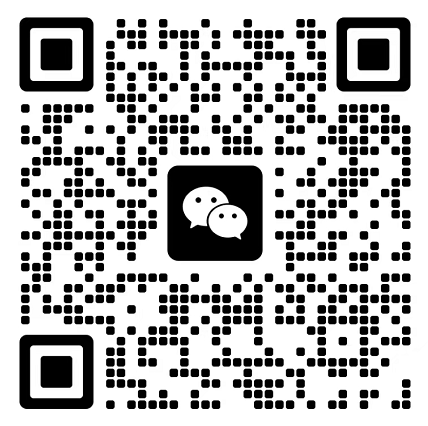Fishbone diagram:
Use a Fishbone Diagram (also known as Cause-and-Effect Diagram) to organize brainstorming information about the potential causes of a problem. Developing a fishbone with your team can help you compare the relative importance of different causes.
Gather the project team and appropriate stakeholders for a brainstorming session.
For each category, list all possible causes or process inputs. You can create secondary categories for the primary categories, then list the causes or process inputs under the secondary categories. If the standard categories of the causes are not appropriate for the problem, create new ones. Fishbone diagrams can include any type of cause that you want to investigate.
Identify the most important causes
Use a Fishbone Diagram (also known as Cause-and-Effect Diagram) to organize brainstorming information about the potential causes of a problem. Developing a fishbone with your team can help you compare the relative importance of different causes.
Gather the project team and appropriate stakeholders for a brainstorming session.
For each category, list all possible causes or process inputs. You can create secondary categories for the primary categories, then list the causes or process inputs under the secondary categories. If the standard categories of the causes are not appropriate for the problem, create new ones. Fishbone diagrams can include any type of cause that you want to investigate.
Identify the most important causes
0 条评论
可输入 255 字
推荐用户
